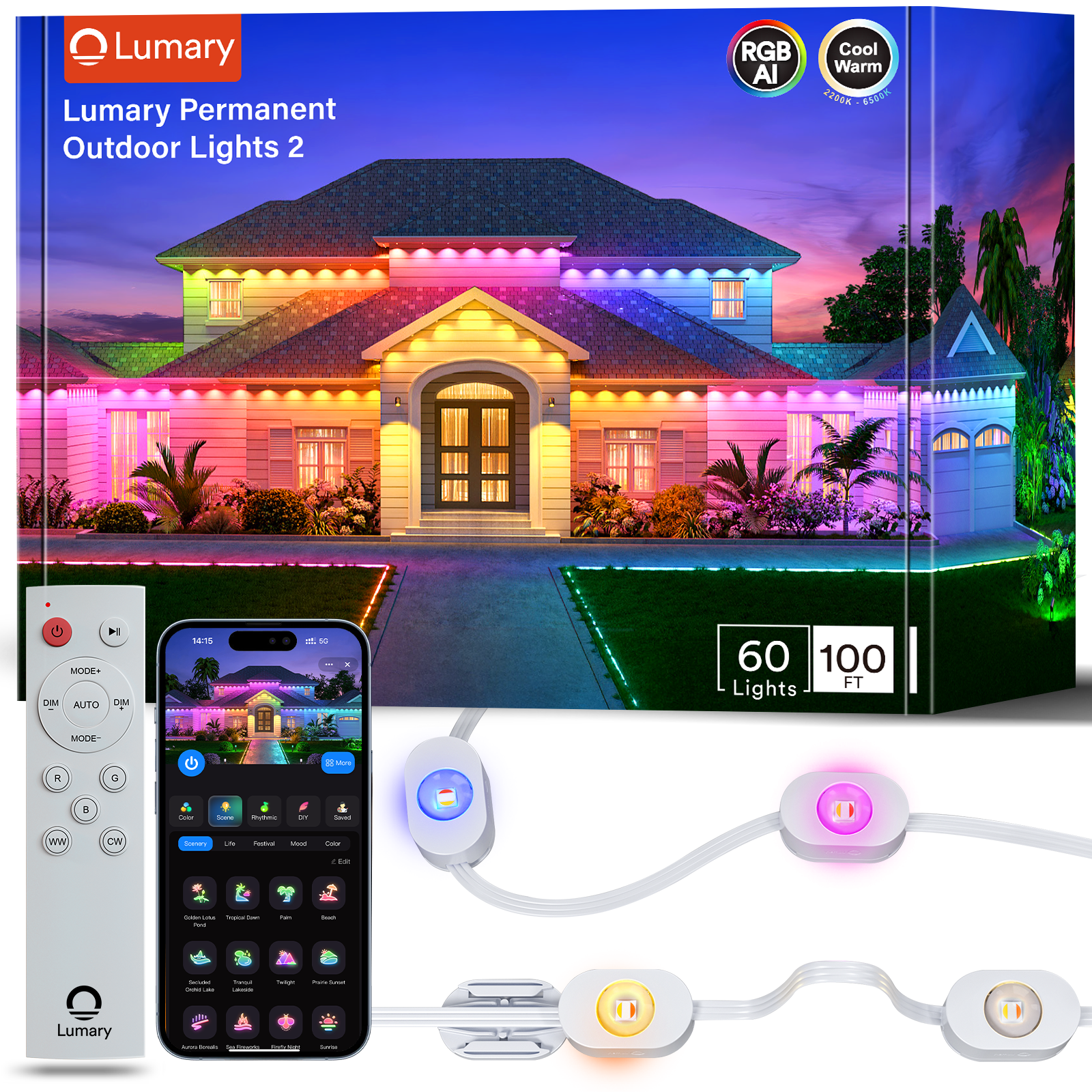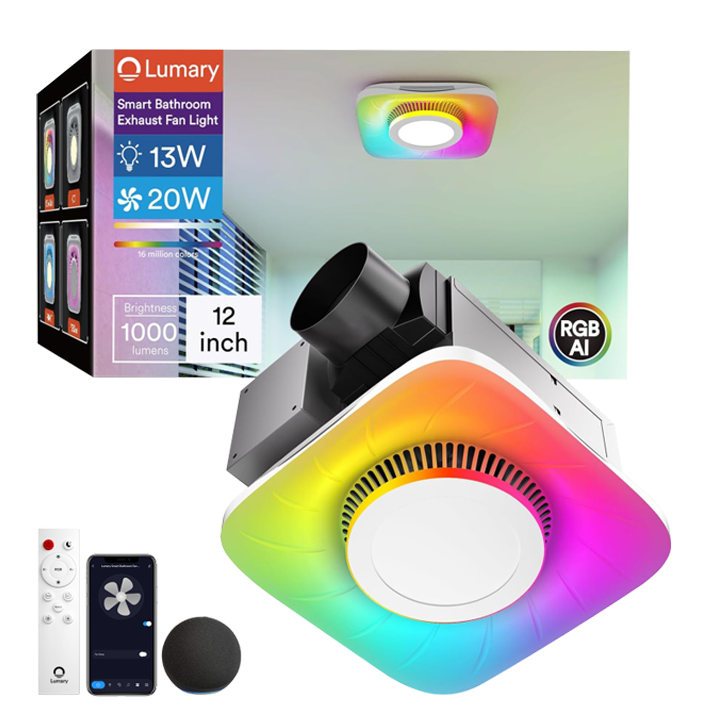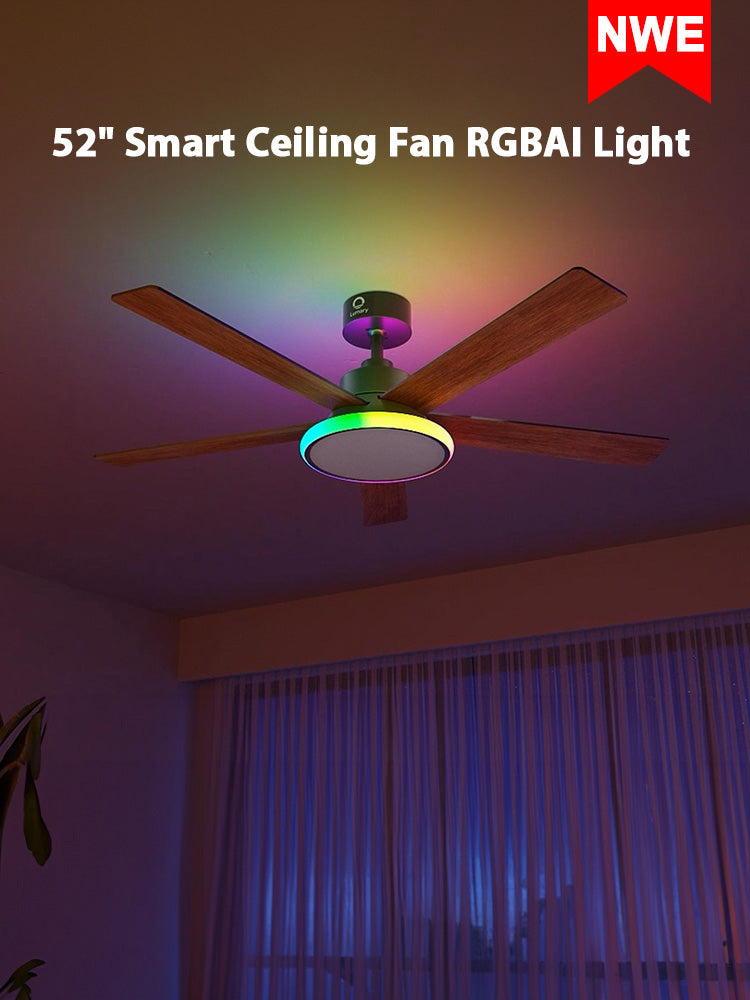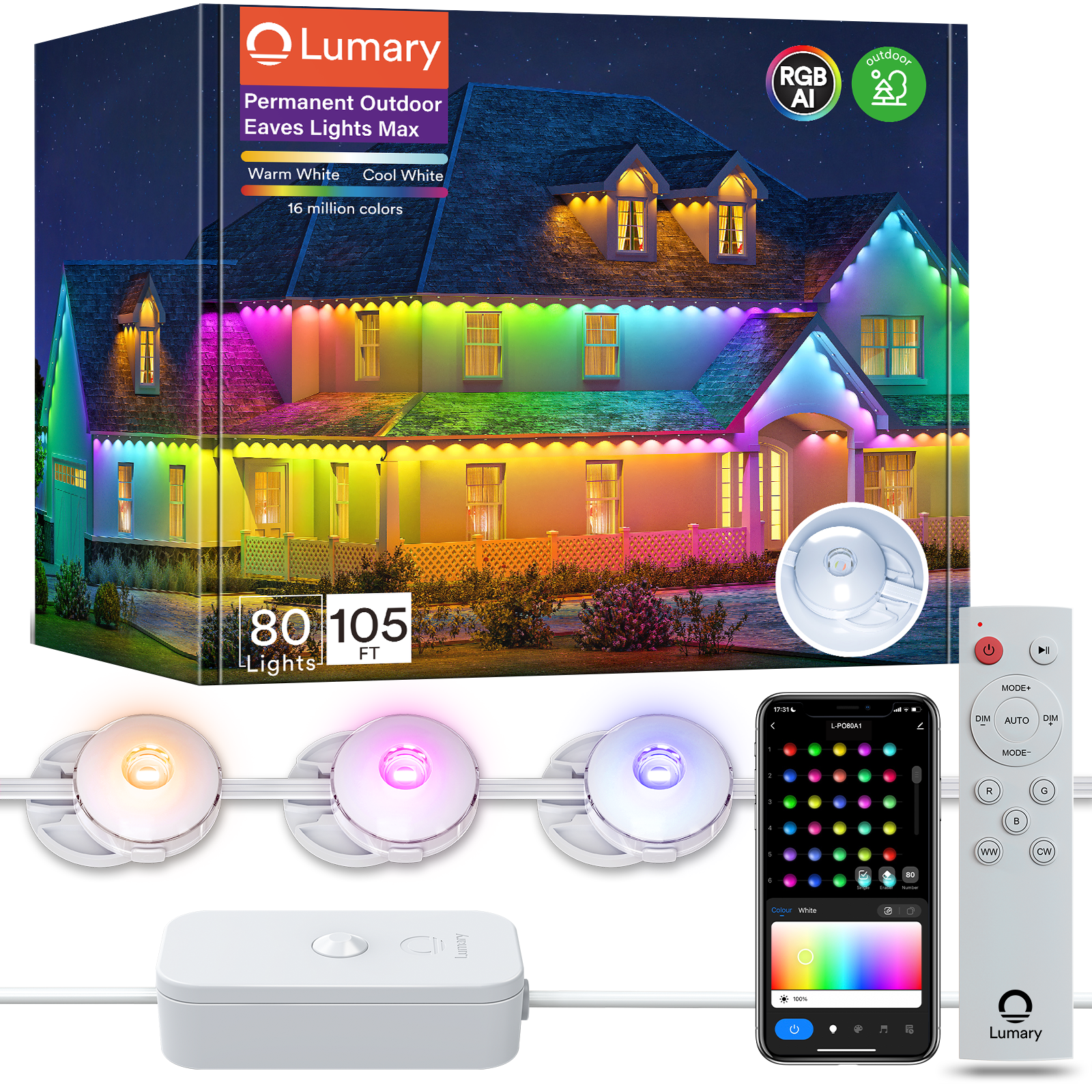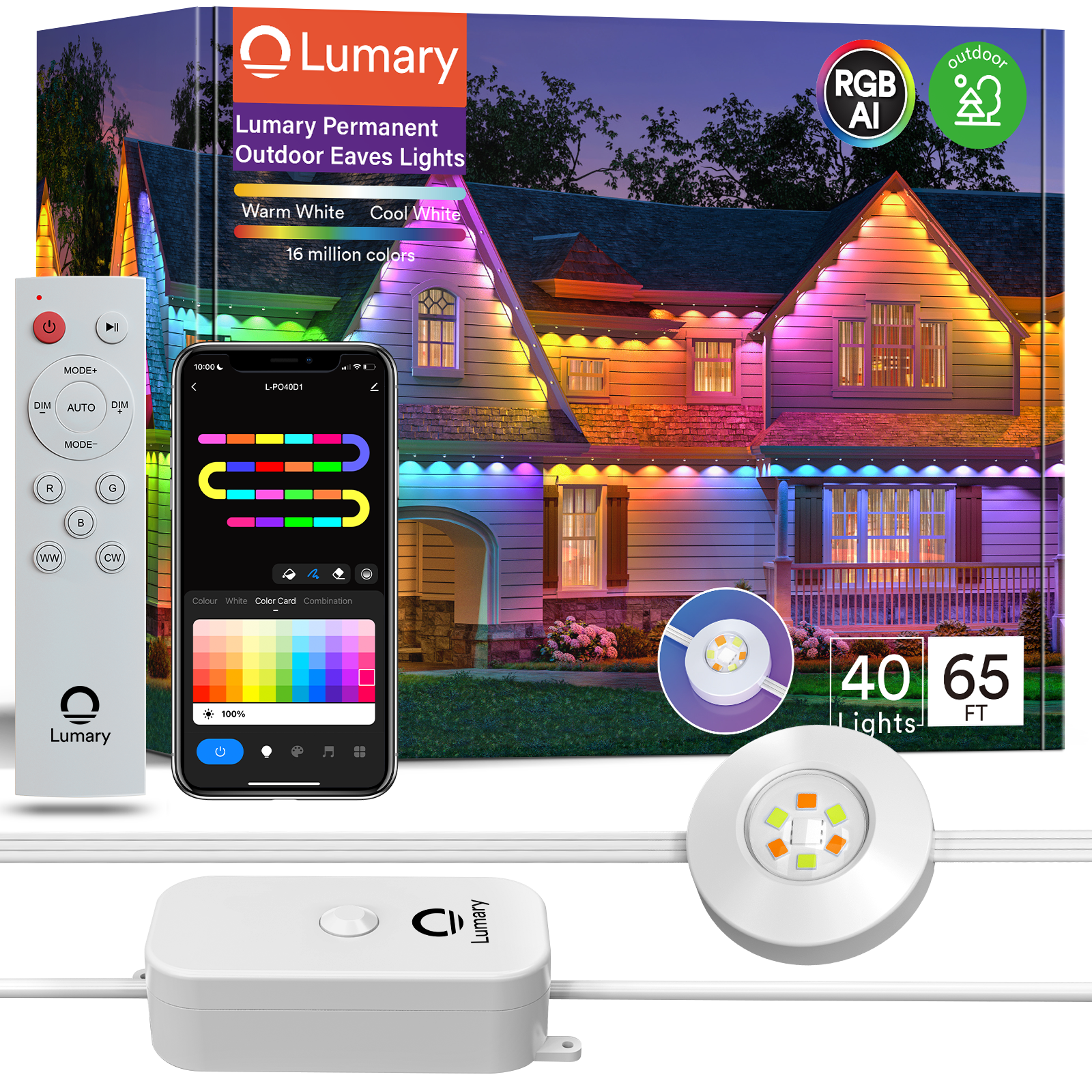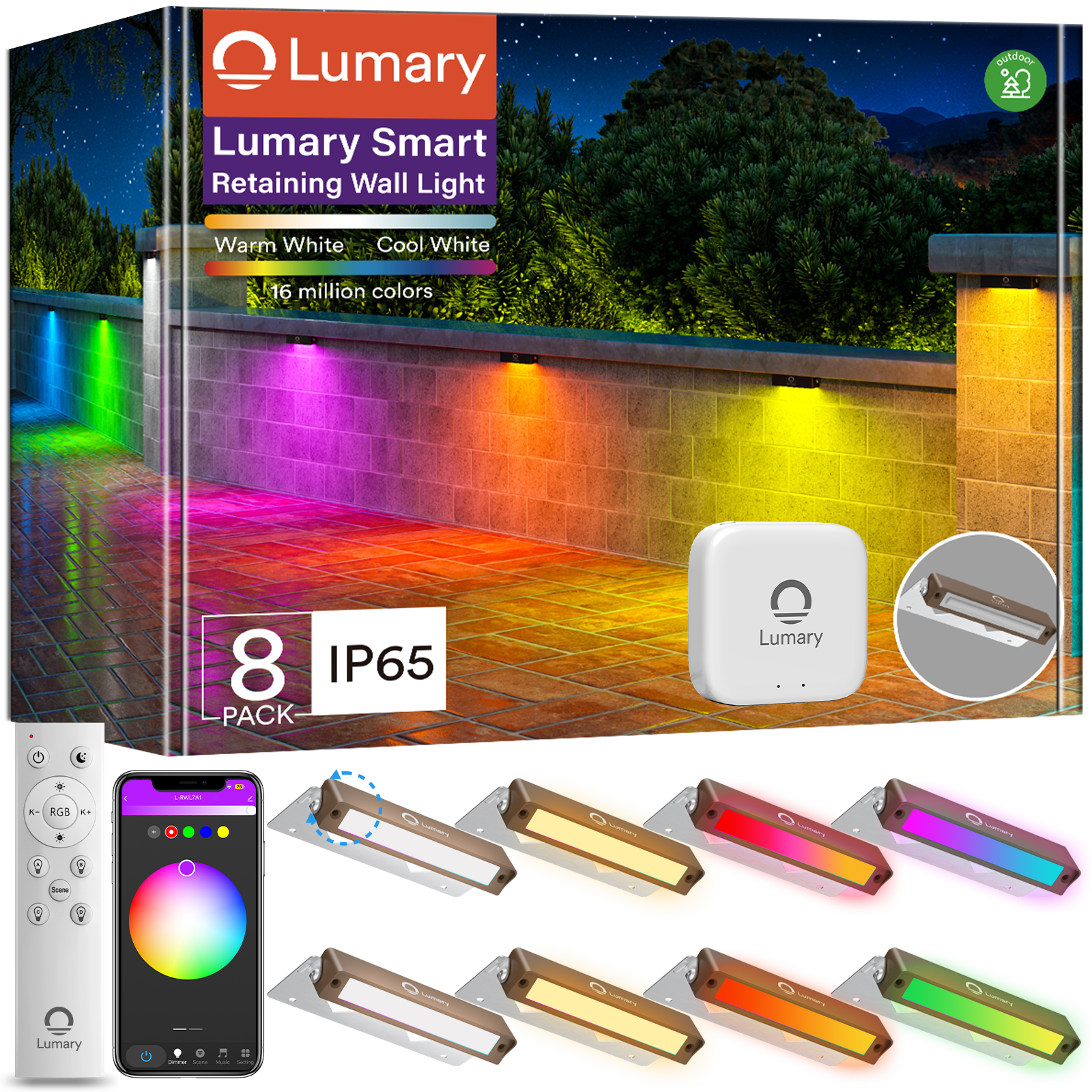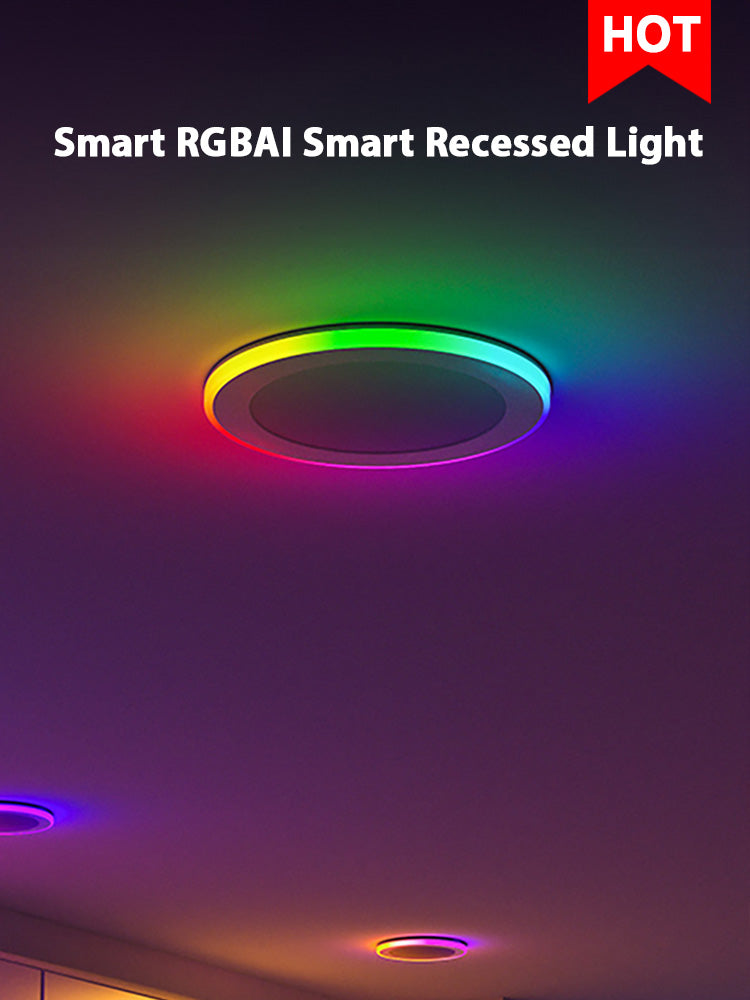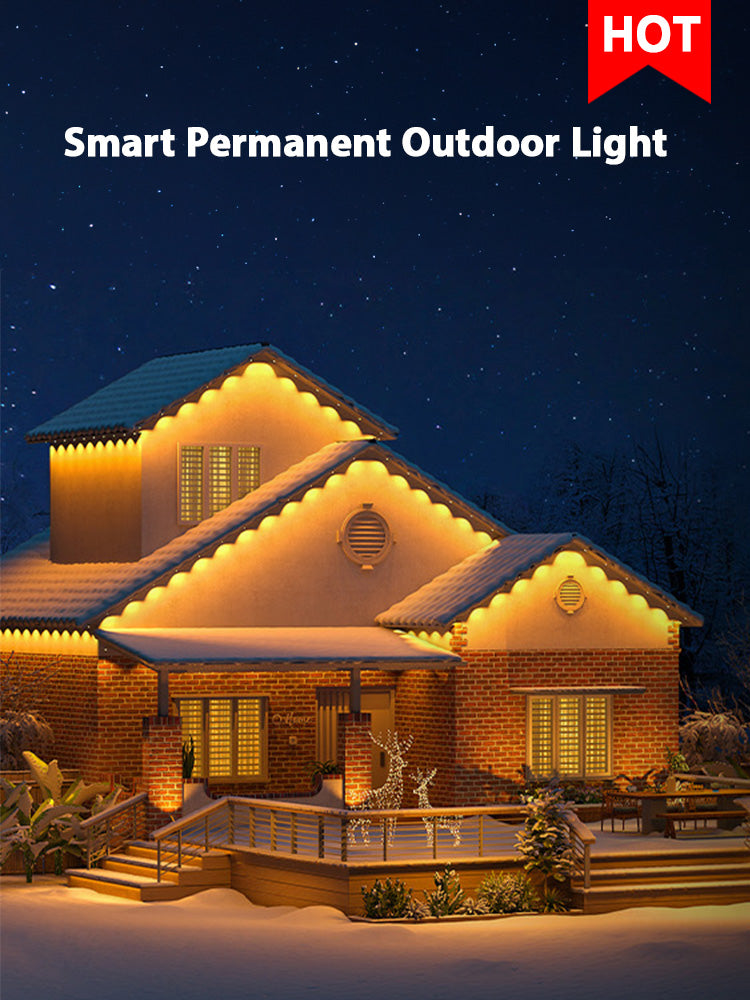Lighting plays a crucial role in various settings, influencing both functionality and aesthetics. A spot light provides a focused beam, ideal for highlighting specific features. In contrast, area lights disperse light over a wider space, offering general illumination. Understanding the differences between these lighting options helps individuals make informed decisions. Proper lighting enhances safety, ambiance, and energy efficiency.

Definitions and Characteristics
What are Spotlights?
Definition and Basic Features
Spot lights provide a focused beam of light. The beam angle usually measures around 30 degrees. Spot lights shine a concentrated light to highlight smaller objects or details. The narrow beam makes spot lights ideal for accent lighting.
Types of Spotlights
Spot lights come in various types. Some common types include:
-
LED spot lights: Energy-efficient and long-lasting.
-
Halogen spot lights: Provide bright, white light.
-
Incandescent spot lights: Offer warm light but consume more energy.
Common Uses of Spotlights
Spot lights serve many purposes. Some common uses include:
-
Highlighting artwork in galleries
-
Illuminating gardens and landscapes
-
Providing focused light above garage doors
-
Enhancing stage lighting in theaters
-
Assisting search and rescue operations
What are Area Lights?
Definition and Basic Features
Area lights disperse light over a wide area. These lights provide general illumination rather than focusing on a specific point. Area lights often have a broad beam angle, making them suitable for large spaces.
Types of Area Lights
Area lights also come in various types. Some common types include:
-
LED area lights: Known for energy efficiency and longevity.
-
HID (High-Intensity Discharge) area lights: Provide bright light for large areas.
-
Fluorescent area lights: Offer good energy efficiency and moderate brightness.
Common Uses of Area Lights
Area lights have numerous applications. Some common uses include:
-
Lighting parking lots
-
Illuminating public parks
-
Providing light for sports fields
-
Enhancing security around buildings
-
Brightening warehouses and industrial spaces
Comparative Analysis
Beam Angle and Light Distribution
Narrow Beam of Spotlights
Spot lights emit a narrow beam of light. The beam angle typically measures around 30 degrees. This focused beam makes spot lights ideal for highlighting specific objects or areas. Spot lights concentrate light through a cone, illuminating smaller details effectively. Objects closer to the spot light will appear brighter due to the concentrated beam.
Wide Beam of Area Lights
Area lights provide a wide beam of illumination. The broad beam angle allows area lights to cover large spaces. Area lights disperse light evenly, making them suitable for general lighting purposes. Public parks, parking lots, and sports fields often use area lights for their wide coverage.
Intensity and Brightness
Focused Intensity of Spotlights
Spot lights offer focused intensity. The concentrated beam delivers high brightness to a specific point. This makes spot lights perfect for tasks requiring precision lighting. Art galleries, theaters, and gardens benefit from the intense light provided by spot lights.
Diffused Brightness of Area Lights
Area lights emit diffused brightness. The light spreads over a wide area, providing uniform illumination. Area lights create a softer, more ambient light. Warehouses, industrial spaces, and security lighting applications often use area lights for their even light distribution.
Energy Efficiency
Energy Consumption of Spotlights
Spot lights vary in energy consumption. LED spot lights are energy-efficient and long-lasting. Halogen spot lights consume more energy but provide bright, white light. Incandescent spot lights offer warm light but have higher energy usage. Choosing the right type of spot light can impact energy costs significantly.
Energy Consumption of Area Lights
Area lights also differ in energy efficiency. LED area lights are known for their low energy consumption and longevity. HID (High-Intensity Discharge) area lights provide bright light but use more energy. Fluorescent area lights offer moderate energy efficiency. Selecting the appropriate area light type can enhance energy savings.
Installation and Maintenance
Installation Process for Spotlights
Installing spotlights requires precision. First, determine the desired location for the spotlight. Mark the spot on the ceiling or wall. Drill a hole to accommodate the fixture. Insert the mounting bracket into the hole. Secure the bracket with screws. Connect the electrical wires to the spotlight. Ensure the connections are tight. Attach the spotlight to the mounting bracket. Adjust the angle of the spotlight to focus on the desired area. Test the spotlight to ensure proper functionality.
Installation Process for Area Lights
Area lights require a different approach. Begin by selecting the installation site. Mark the locations for the mounting brackets. Drill holes for the brackets. Insert the brackets and secure them with screws. Connect the electrical wiring to the area light. Ensure all connections are secure. Attach the area light to the mounting brackets. Adjust the light to cover the desired area. Test the area light to confirm it works correctly.
Maintenance Requirements
Both spotlights and area lights need regular maintenance. Clean the fixtures periodically to remove dust and debris. Check the electrical connections to ensure they remain secure. Replace any burnt-out bulbs promptly. For LED lights, inspect the heat sinks to prevent overheating. Regularly check for any signs of wear or damage. Address any issues immediately to maintain optimal performance. Proper maintenance extends the lifespan of both spotlights and area lights.
Applications and Benefits
Residential Uses
Spotlights in Home Decor
Spot lights enhance home decor by providing focused illumination. Homeowners use spot lights to highlight artwork, sculptures, and architectural features. Spot lights create dramatic effects by casting shadows and emphasizing textures. Adjustable spot lights allow for flexibility in directing light exactly where needed. LED spot lights offer energy-efficient solutions for long-term use.
Area Lights for Outdoor Spaces
Area lights illuminate outdoor spaces effectively. Garden paths, patios, and decks benefit from the broad coverage of area lights. Homeowners use area lights to enhance safety and security around their properties. LED area lights provide energy-efficient lighting for large outdoor areas. Area lights create a welcoming ambiance for evening gatherings and activities.
Commercial Uses
Spotlights in Retail and Hospitality
Retail stores and hospitality venues use spot lights to create appealing displays. Spot lights highlight merchandise, drawing customers' attention to specific products. Restaurants and hotels use spot lights to accentuate decor and create mood lighting. Adjustable spot lights provide versatility in changing displays and settings. LED spot lights offer cost-effective and energy-efficient options for commercial use.
Area Lights in Parking Lots and Warehouses
Area lights provide essential illumination for parking lots and warehouses. Broad beam angles ensure even lighting across large spaces. Area lights enhance safety and visibility in parking areas, reducing the risk of accidents. Warehouses use area lights for general illumination, improving working conditions and productivity. LED area lights offer long-lasting and energy-efficient solutions for commercial applications.
Practical Advice and Recommendations
Choosing the Right Light for Your Needs
Factors to Consider
Selecting the appropriate light involves several factors. First, consider the purpose of the lighting. Spotlights work well for highlighting specific features. Area lights suit general illumination needs. Evaluate the size of the space. Smaller areas benefit from spotlights. Larger spaces require area lights. Assess the desired ambiance. Spotlights create dramatic effects. Area lights provide uniform brightness. Think about energy efficiency. LED options offer long-term savings. Halogen and incandescent lights consume more energy.
Budget Considerations
Budget plays a crucial role in choosing lighting solutions. LED lights have a higher upfront cost. However, they save money over time due to lower energy consumption. Halogen and incandescent lights cost less initially. These options incur higher energy costs in the long run. Consider maintenance expenses. LED lights require less frequent replacements. Halogen and incandescent bulbs need more frequent changes. Factor in installation costs. Professional installation may be necessary for complex setups. Weigh all these aspects to make an informed decision.
Product Recommendations
Top Spotlights on the Market
Several top spotlights stand out in the market.
-
Philips Hue White and Color Ambiance: This spotlight offers smart control and color-changing features. Ideal for creating various moods.
-
LEONLITE LED Adjustable: Known for its energy efficiency and adjustable angles. Perfect for accentuating artwork or architectural details.
-
Lithonia Lighting 2-Light Track Kit: Provides flexibility with adjustable heads. Suitable for highlighting multiple areas.
-
Hyperikon LED Indoor/Outdoor: Offers durability and weather resistance. Great for both indoor and outdoor use.
Best Area Lights Available
Top area lights also offer excellent performance.
-
Hyperikon LED Shoebox Light: Known for its high brightness and energy efficiency. Ideal for parking lots and large outdoor spaces.
-
Lithonia Lighting LED Flood Light: Provides broad coverage and uniform illumination. Suitable for security lighting around buildings.
-
LEPOWER LED Security Light: Features motion detection and high brightness. Perfect for enhancing safety in residential areas.
-
Sunco Lighting LED Wall Pack: Offers robust construction and long lifespan. Great for industrial and commercial applications.
Choosing the right light involves careful consideration of various factors. Assess the needs, budget, and specific requirements of the space. Make informed decisions to enhance both functionality and aesthetics.
Understanding the key differences between spotlights and area lights is crucial for making informed lighting decisions. Spotlights offer focused illumination, while area lights provide broad coverage. Choosing the right type of light enhances both functionality and aesthetics in various settings.
"Our Lighting Experts can help you find the brand and product that best suits your style & budget."
Consider the provided recommendations and practical advice to select the best lighting solution. Share experiences or ask questions in the comments to engage with the community and gain further insights.

